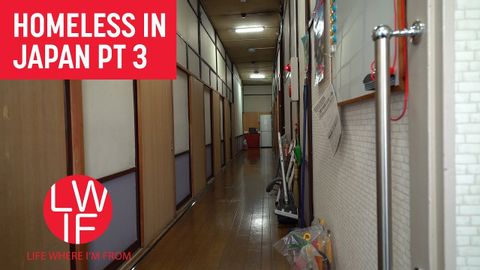日本のホームレスの住宅事情(その3 (Housing Japan's Homeless (Part 3))
林宜悉 が 2021 年 01 月 14 日 に投稿  この条件に一致する単語はありません
この条件に一致する単語はありませんUS /ˌsɪtʃuˈeʃən/
・
UK /ˌsɪtʃuˈeɪʃn/
- n. (c./u.)条件;期間;学期;用語;関係;項;妊娠期間;任期
- v.t.称する
US /ˈtɪpɪklɪ/
・
UK /ˈtɪpɪkli/
US /ˈpɑvəti/
・
UK /ˈpɔvəti/
エネルギーを使用
すべての単語を解除
発音・解説・フィルター機能を解除

